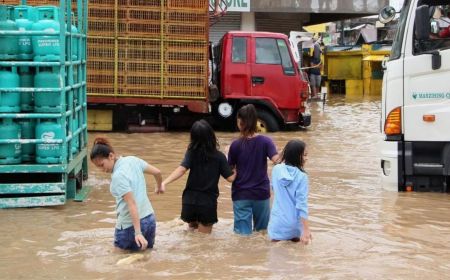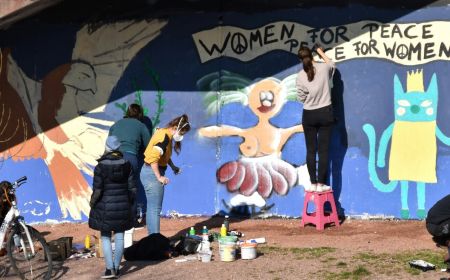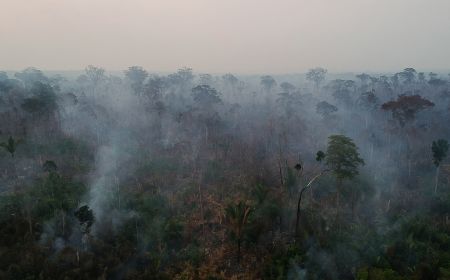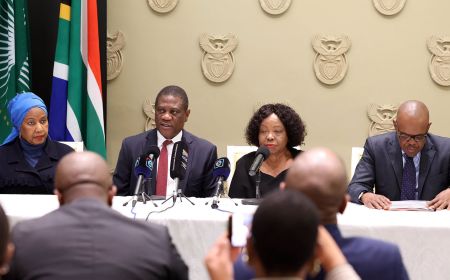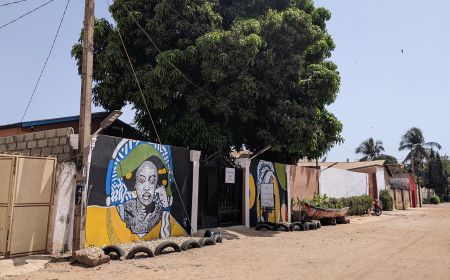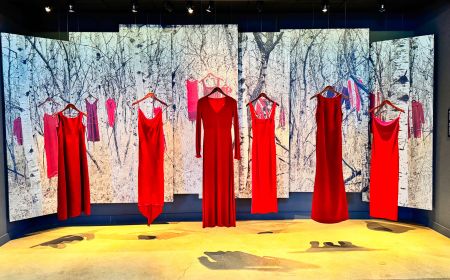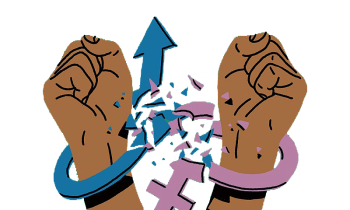WPS without a National Action Plan: Local Feminist Practices of Women, Peace, and Security in Turkey
2025 marks 25 years since the adoption of UN Security Council Resolution 1325 (UNSCR 1325) on Women, Peace, and Security (WPS). The WPS Agenda recognizes that women’s participation, protection, and prevention of violence are central to achieving sustainable peace. While often discussed as a formal policy framework adopted by states, the agenda is not simply a UN document but the result of decades…
